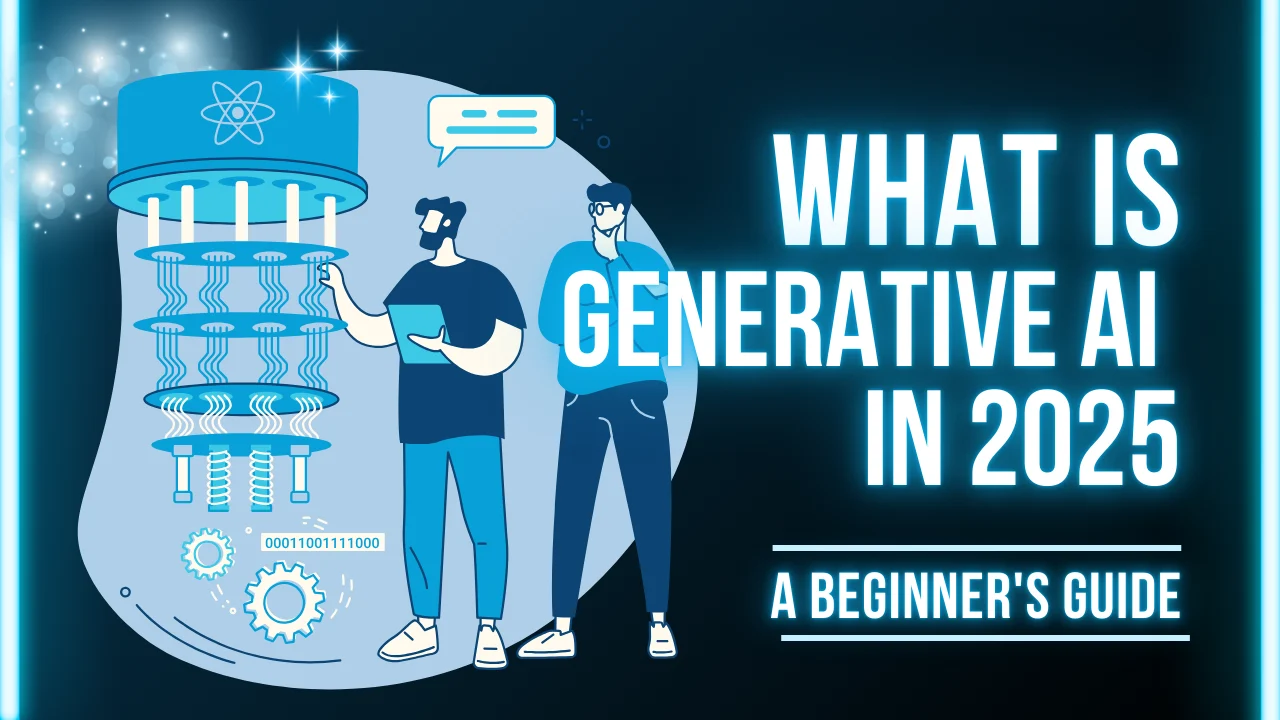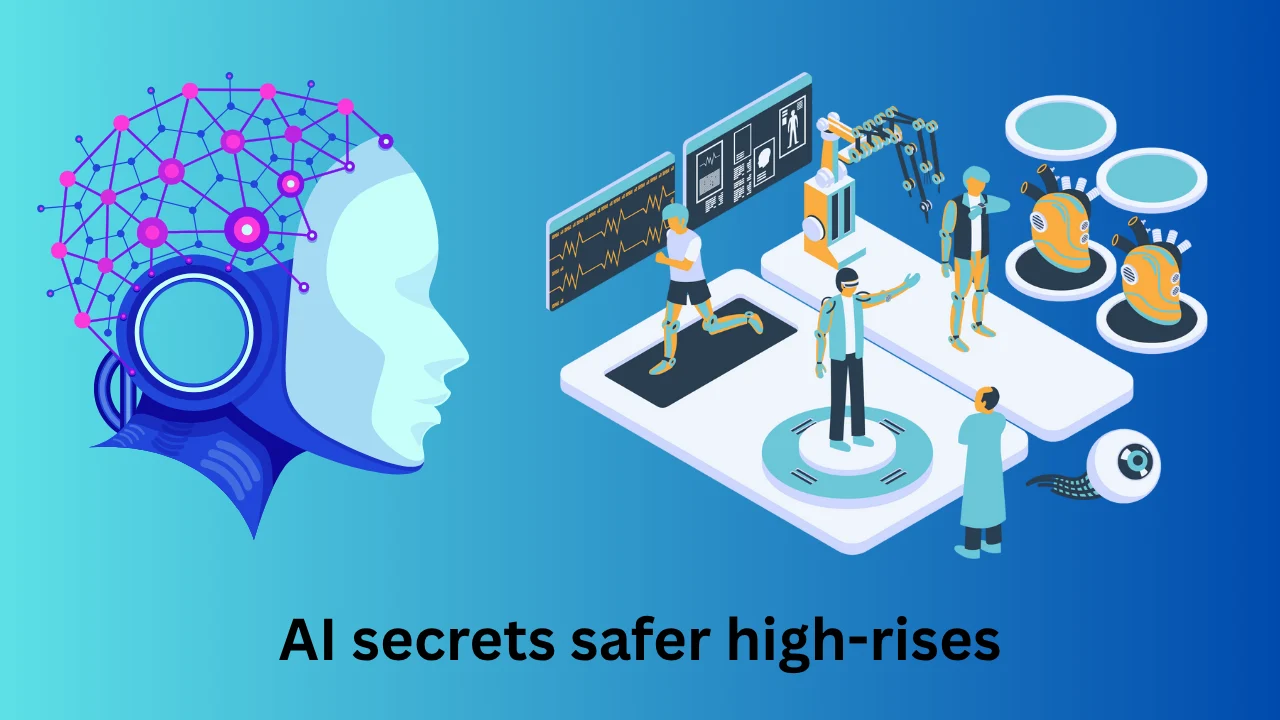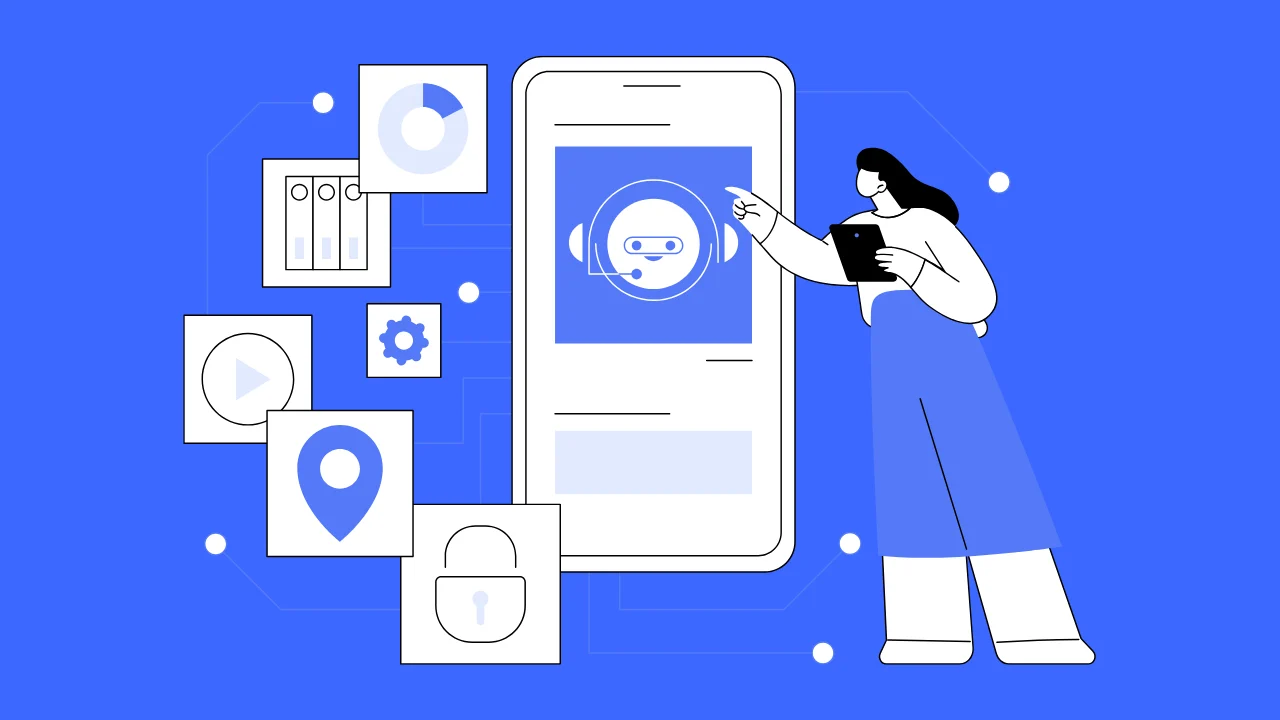In the fast-paced world of artificial intelligence, Generative AI stands out as a revolutionary force, transforming industries and unlocking new realms of creativity. Welcome to The Ultimate Guide to Understanding Generative AI in 2025, your go-to resource for mastering this cutting-edge technology. Whether you’re a professional, a tech enthusiast, or simply curious, this Generative AI guide 2025 will equip you with the knowledge to navigate its complexities and opportunities. From its core principles to its far-reaching applications, we’ll explore why understanding Generative AI is essential in today’s tech-driven landscape.
Introduction to Generative AI
What is Generative AI?
Generative AI refers to a class of artificial intelligence systems capable of creating original content—think images, text, music, or even 3D models—based on patterns learned from vast datasets. Unlike traditional AI, which might predict outcomes or classify data, Generative AI generates. In 2025, it’s a powerhouse driving innovation, making it a key focus of this Generative AI guide 2025.
A Brief History of Generative AI
The journey of Generative AI began with early machine learning concepts, but it gained momentum with the introduction of Generative Adversarial Networks (GANs) by Ian Goodfellow in 2014. This breakthrough sparked a wave of advancements, fueled by better algorithms and increased computing power. By 2025, Generative AI has evolved into a mainstream technology, shaping everything from art to science.
Why Generative AI Matters in 2025
Why should you care? In 2025, Generative AI is no longer a niche topic—it’s a game-changer. From crafting personalized experiences to solving complex problems, its influence is undeniable. This guide will dive deep into understanding Generative AI, revealing its potential to redefine our future.
How Generative AI Works
Understanding how Generative AI operates is key to appreciating its capabilities. Let’s break it down.
Basic Principles of Generative AI
At its heart, Generative AI learns from data to produce something new. It uses unsupervised learning to identify patterns and structures, then generates outputs that mirror those patterns. Imagine teaching an artist to paint by showing them thousands of masterpieces—Generative AI works similarly.
Key Technologies and Algorithms
Several technologies power this field:
Generative Adversarial Networks (GANs)
GANs pit two neural networks against each other: a generator creates content, and a discriminator judges its authenticity. This rivalry results in highly realistic outputs, like photorealistic images or convincing text.
Variational Autoencoders (VAEs)
VAEs encode data into a compact form, then decode it to generate new variations. They’re excellent for tasks requiring structured outputs, such as data synthesis.
Transformer Models
Transformers, like those behind ChatGPT, excel at generating sequential data, especially text. Their attention mechanisms make them versatile and powerful.
Training Generative AI Models
Training involves feeding models massive datasets and fine-tuning them through iterative processes. It’s resource-intensive but yields remarkable results, as we’ll see throughout this Generative AI guide 2025.
“Generative AI is like a digital alchemist, turning raw data into gold.” — Dr. Lisa Patel, AI Innovator
Applications of Generative AI in 2025
Generative AI’s versatility shines in its real-world uses. Here’s how it’s making waves in 2025.
Art and Creativity
Generating Realistic Images
Tools like DALL-E 3 let users create stunning visuals from simple prompts. Artists and hobbyists alike are tapping into this tech to push creative boundaries.
Creating Music and Audio
From composing symphonies to generating voiceovers, Generative AI is a musical maestro, blending human inspiration with machine precision.
Healthcare
Drug Discovery
Generative AI speeds up drug development by simulating molecular structures, cutting years off research timelines.
Medical Imaging
It enhances scans, generates synthetic images for training, and aids diagnostics—revolutionizing patient care.
Business and Marketing
Personalized Marketing
Imagine ads tailored to your exact preferences—Generative AI makes it happen, boosting engagement and sales.
Content Creation
Blog posts, videos, and designs are now AI-assisted, saving time and sparking innovation.
Entertainment
Video Game Development
AI generates characters, worlds, and storylines, making games more immersive than ever.
Film and Animation
From scriptwriting to special effects, Generative AI is a Hollywood star in the making.
The Impact of Generative AI on Industries
Positive Impacts
Increased Efficiency
Automation of repetitive tasks frees up human talent for strategic work.
Enhanced Creativity
AI amplifies human ingenuity, offering fresh perspectives and tools.
Negative Impacts
Job Displacement
As AI takes over creative roles, some jobs may vanish, requiring workforce adaptation.
Ethical Concerns
Misuse, like deepfakes, poses risks to trust and authenticity.
Challenges of Generative AI in 2025
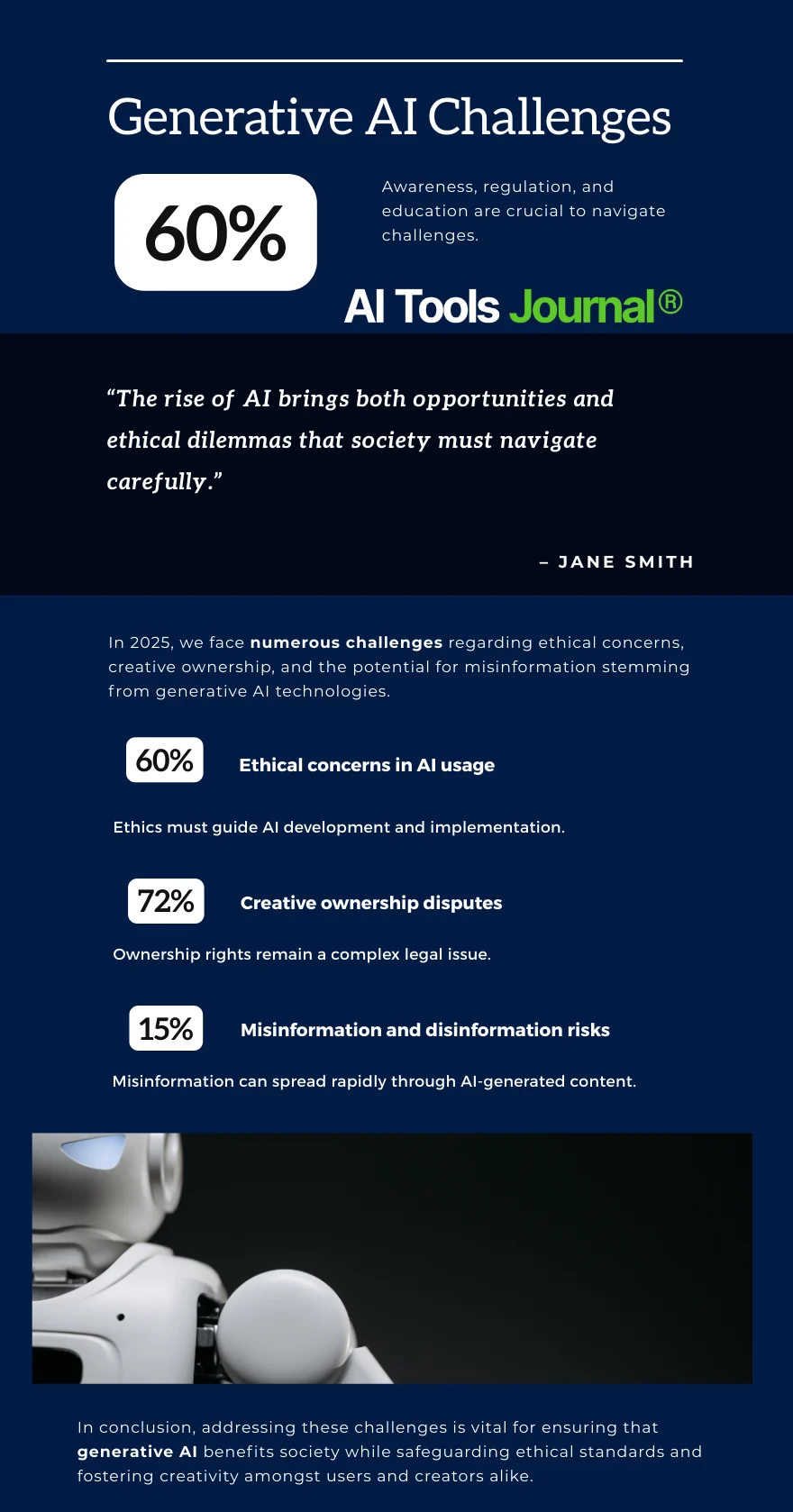
Despite its promise, Generative AI faces hurdles that demand attention.
Bias and Fairness
Models can reflect biases in their training data, leading to skewed outputs. Addressing this is critical for equitable AI.
Data Privacy
Using vast datasets raises questions about consent and security—key challenges in 2025.
Job Displacement
Automation threatens livelihoods, pushing society to rethink education and employment.
Regulation and Governance
With power comes responsibility. Regulating Generative AI to prevent harm is a pressing issue.
“We must balance Generative AI’s potential with its pitfalls to build a better future.” — Prof. Alan Kim, Tech Ethicist
Future Trends in Generative AI
Predictions for the Next Decade
By 2035, expect Generative AI to be seamlessly integrated into daily life, from education to entertainment.
Emerging Technologies
Quantum Computing and Generative AI
Quantum advancements could turbocharge AI, enabling faster, more complex creations.
AI-Generated Content and Copyright
Legal debates over ownership will intensify as AI content blurs traditional lines.
Getting Started with Generative AI
Learning Resources
Start with platforms like Coursera or explore papers on arXiv.
Tools and Platforms
Try TensorFlow or Hugging Face for hands-on experience.
Building Your First Model
Begin small—generate text or images—and scale up as you learn.
Case Studies: Generative AI in Action
DeepMind’s AlphaFold
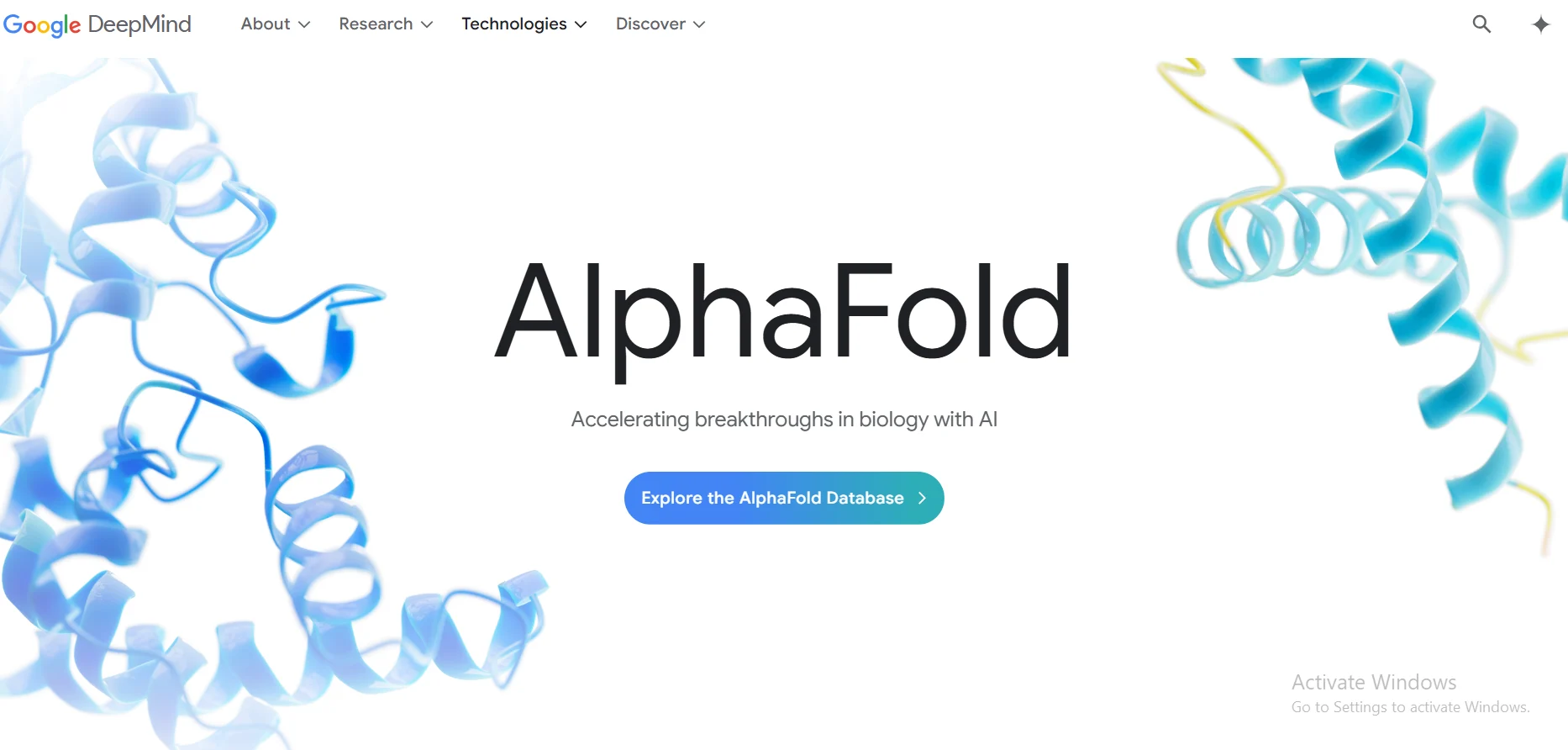
AlphaFold’s protein predictions are transforming biology, a testament to AI’s scientific impact.
OpenAI’s DALL-E
DALL-E’s art generation showcases creativity unleashed by Generative AI.
NVIDIA’s GauGAN
Turning sketches into landscapes, GauGAN highlights AI’s accessibility.
Looking Ahead
Generative AI’s journey is just beginning. As this Generative AI guide 2025 has shown, its potential is vast, but so are its challenges. By understanding Generative AI, we can shape a future where technology and humanity thrive together.
FAQs
What sets Generative AI apart from other AI types?
It creates new content, unlike predictive or analytical AI.
How can I begin learning Generative AI?
Dive into online courses and experiment with tools like PyTorch.
What ethical issues does Generative AI raise?
Bias, privacy, and misuse are top concerns.
How does healthcare benefit from Generative AI?
It accelerates drug discovery and improves imaging.
What’s next for Generative AI?
More integration and innovation lie ahead.

